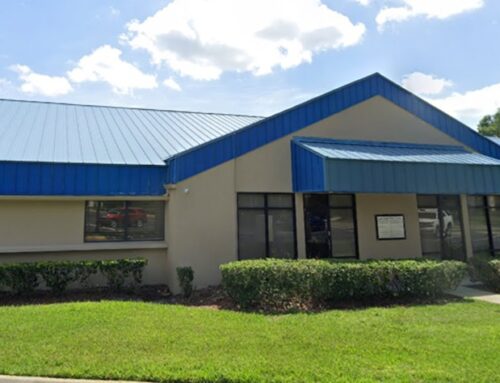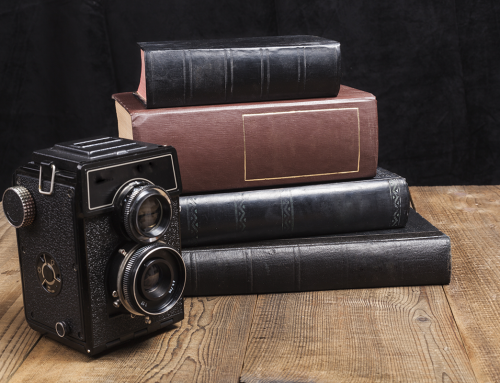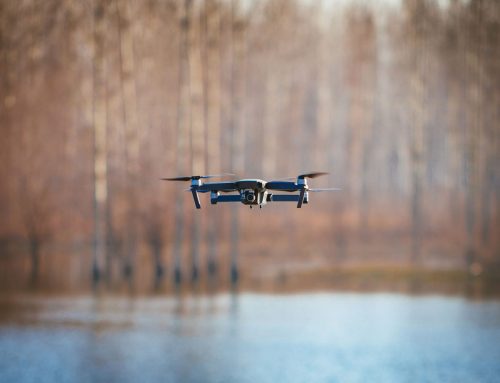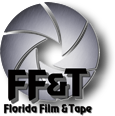Drones and Planes and Helicopters: Oh My!
Florida Film & Tape News • January, 2018
TV did not obsolete radio, and drones will not obsolete helicopters as a filming platform.
There is a time and place for both tools in the film, video and photography world. My partner and brother Mike and I have been shooting aerials for over forty years, and have utilized just about every make of helicopter, every camera mount, several fixed-wing aircraft, and, lately, a few different models of drones, so I’ve got a unique perspective on the subject.
So how do I decide or recommend on platform over the other? Several factors need to be considered:
Cost: Drones will always win this argument. Drone and operator are generally priced between $1,0000.00 and $3,000.00 per day, the higher end for the big boys flying RED, etc., the lower end for the typical DJI drone, these days a Phantom 4, Inspire 1 or Inspire 2. There are others, but DJI dominates the market. A helicopter ranges from $750.00 to $2,500 per hour. That’s per hour, not per day! On top of that, many of the film-savvy pilots make a day rate of anywhere from $500.00 to $2,000.00 per day in addition to the helicopter costs. And this is without figuring in the cost of the cameras, mounts and camera operator.
Logistics: Drones win again. With the exception of operating within restricted or controlled airspace, drones can operate anywhere there’s open space. Since FF&T and Mike Fuller Group work heavily in the marine industry, that means launching and retrieving from a boat or a remote beach or dock. Though helicopters can, in theory, land just about anywhere, they’re not allowed to land just anywhere, and sometimes are restricted to operating from the nearest airport. For example, in the Biscayne Bay area of Miami, we have to operate out of Miami Executive Airport, a 10 minute flight from the bay, or pay a huge landing fee to a private property owner, adding a couple of grand to the cost of the shoot. On the other hand, a drone is restricted to a maximum of altitude of 400’ Above Ground Level (AGL) or above a structure. A helicopter has no practical altitude restriction. A helicopter is allowed to operate in the Great White Heron National Park covering much of Biscayne Bay, but a drone is not. This is true of most national parks. Both are prohibited from operating over or near non-participating people, but that’s an easier challenge to overcome with a 2 lb drone than it is with a 4,000 lb helicopter. We shoot a lot in the Bahamas. Ferrying a helicopter to and from can add many thousands to your budget. A drone travels in a camera case! A big advantage helicopters have is operating in controlled airspace. A shot around a busy airport in a helicopter requires being in radio contact with the controller; that same shot with a drone is damn near impossible to clear.
Flight Time:Helicopters win here. A helicopter can fly continuously for around 2 ½ hours before refueling; a drone is good for anywhere from 10 minutes to 30 minutes per battery, so lots of short flights with limited range. The total flight time for a drone depends on how many batteries are available. A typical day for me uses about 10 batteries.
Risk: This is a no-brainer, in favor of drones. Sure, a drone can do some damage, but a helicopter crash is something we don’t even want to think about. Often the helicopter crew is in radically dangerous situations to get the shot; I know, I’ve lost friends and colleagues over the years and think about it every time I get in a helicopter with a camera.
Technical Image Quality: Generally speaking, the helicopter wins this one. I say generally because there are certainly drone operators out there flying higher end stills and digital video equipment on six and eight rotor drones. But the majority of what we see from drones are .MOV or .H264 files movie files, in highly compressed HD or 4k, and RAW stills at 12-22 Megapixels. A helicopter, either flying a hand-held camera or a mounted camera, can typically shoot full frame 35mm film or uncompressed digital video, or any format of stills, including film in large formats. We’ve even used 8 X 10 sheet film cameras from both helicopters and fixed-wing aircraft.
Creativity: This is a toss up, and the meter swings differently based on the circumstances of the shots required. The drone’s advantage is the ability to be more intimate with the subject and to be more stealthy in the environment. The drone can also get into more tight situations than a helicopter can, and do cool things like dolly and crane the camera in non-hospitable terrain. The helicopter, depending on the camera mount system chosen, can fly faster and do certain moves, particularly around a fast-moving subject, like a car or a boat, that drones just can’t do. Without question, the ultimate ability for either the drone or the helicopter to do complex moves rests squarely on the skills (and cajones) of the pilot.
Bottom line? Both platforms have a solid place in the motion picture and still photography industries. There’s no standard answer. Look at the budget, the logistics, the risk and the final use of the images to weigh all the factors and make a learned and intelligent decision.








Get Social